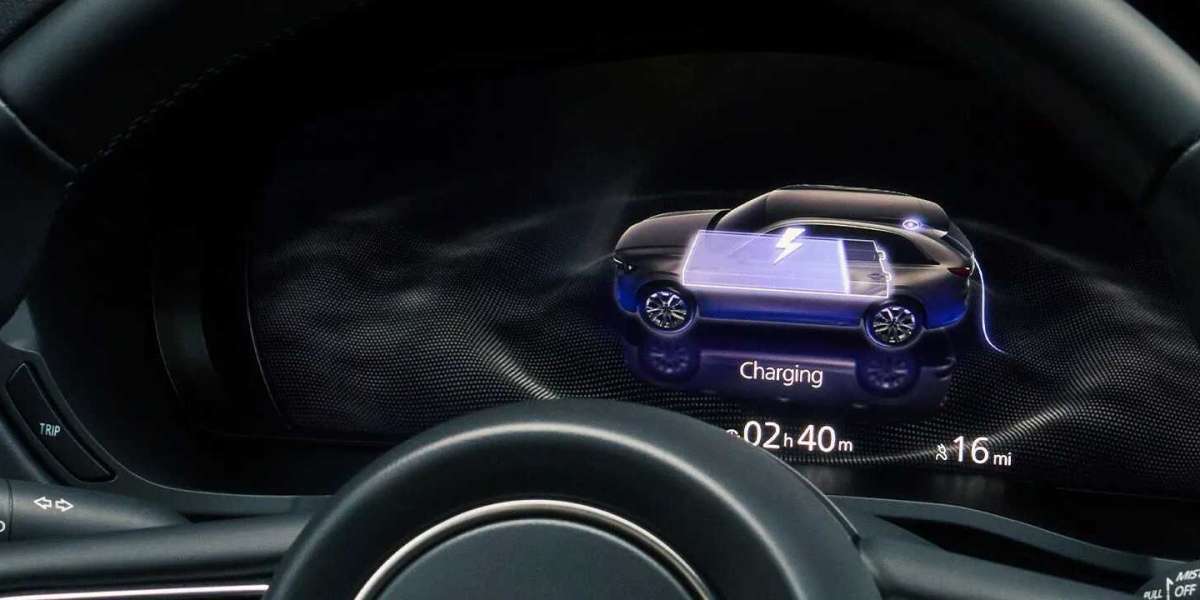Introduction
Topper, a Professional China EV Charger Manufacturer, Delivers Dependable Electric Vehicle Charging Stations and Comprehensive Charging Solutions.
Electric vehicles (EVs) have become a cornerstone of the global shift toward sustainable transportation. However, one of the most persistent concerns among prospective and current EV owners is range anxiety—the fear of running out of battery charge before reaching a destination or finding a charging station. While it’s true that many EVs have shorter driving ranges compared to traditional gasoline-powered vehicles, modern battery electric vehicles (BEVs) have made significant progress in addressing this issue. According to the U.S. Department of Energy, most contemporary EVs can travel at least 100 miles on a single charge, with some newer models boasting ranges of up to 500 miles or more.
To put this into perspective, the average American drives approximately 35 miles per day, meaning even mid-range EVs can easily meet daily driving needs. For longer trips, EV drivers may need to plan their routes more carefully to accommodate charging stops. Fortunately, public EV charging infrastructure has been steadily growing—data from the U.S. Department of Energy indicates a 4% rise in public charging ports during the first quarter of 2023 alone, supported by significant government investments. Despite these advancements, range anxiety remains a psychological barrier for many. This article explores the concept of range anxiety, the factors that influence EV range, and practical tips to overcome this concern.
What Is Range Anxiety?
Range anxiety refers to the worry or fear that an EV will run out of battery power before reaching its destination or a charging station. This concern is similar to the anxiety gasoline vehicle drivers experience when the fuel gauge approaches empty, but for EV drivers, it is amplified by the perception that charging stations are less common than gas stations and that charging takes significantly longer than refueling.
Range anxiety can escalate into charge anxiety, which adds stress about the availability, reliability, and speed of charging stations. For example, an EV driver might arrive at a charging station only to find all ports occupied or the chargers malfunctioning or slow, disrupting travel plans and causing inconvenience.
Factors That Impact an EV’s Range
Understanding what affects an EV’s range is essential for managing range anxiety. Key factors include:
Battery Capacity: Larger battery packs offer longer ranges but add weight and cost.
Driving Habits: Aggressive driving like rapid acceleration and high speeds drain the battery faster; smooth, steady driving is more efficient.
Weather Conditions: Extreme temperatures, especially cold, can reduce range by up to 40% due to energy used for heating and decreased battery efficiency.
Terrain: Hilly or mountainous driving consumes more energy compared to flat terrain.
Vehicle Load: Carrying heavy cargo or towing increases energy consumption.
Use of Accessories: Air conditioning, heating, and entertainment systems draw battery power, slightly reducing range.
Being aware of these variables helps EV drivers take steps to maximize their driving range.
Tips for Maximizing EV Range and Reducing Range Anxiety
1. Explore Different Types of EVs
Consider Plug-in Hybrid Electric Vehicles (PHEVs), which combine an electric motor with a gasoline engine. This dual system allows seamless switching to gasoline when the battery runs low, eliminating range anxiety and making PHEVs ideal for long trips or regions with limited charging infrastructure.
2. Invest in a Home Charging System
Installing a Level 2 home charger (240V) enables faster overnight charging compared to standard Level 1 chargers (120V). Proper installation by a licensed electrician ensures safety and efficiency. If you have solar panels, this can further reduce energy costs and environmental impact.
3. Maintain Your EV Regularly
Keep tires properly inflated to improve efficiency, maintain the battery cooling system, and update vehicle software to optimize range and performance.
4. Plan Ahead for Long Trips
Use apps and in-car navigation to locate charging stations and estimate charging times along your route. For very long journeys or areas with sparse infrastructure, consider renting a gasoline car or a PHEV.
5. Drive Efficiently
Adopt smooth acceleration and deceleration, use regenerative braking to recapture energy, and avoid high speeds that increase aerodynamic drag and energy consumption.
6. Leverage Public Charging Networks
Use charging network apps to find available chargers, check status, and reserve spots when possible. Real-time data helps plan efficient charging stops.
7. Educate Yourself About Your EV’s Capabilities
Learn how your EV performs under various conditions, including weather and accessory use, to better plan trips and avoid surprises.
Conclusion
Range anxiety is a common but manageable concern for EV drivers. Thanks to improvements in battery technology, expanding charging infrastructure, and smart driving practices, owning an EV can be a stress-free and enjoyable experience. By understanding EV types, investing in home charging, maintaining your vehicle, and planning trips thoughtfully, you can confidently maximize your vehicle’s range and embrace sustainable transportation.
As the shift to electric mobility accelerates, overcoming range anxiety will become easier, paving the way for a cleaner, greener future on the road.Know more about Google SEO Directory



